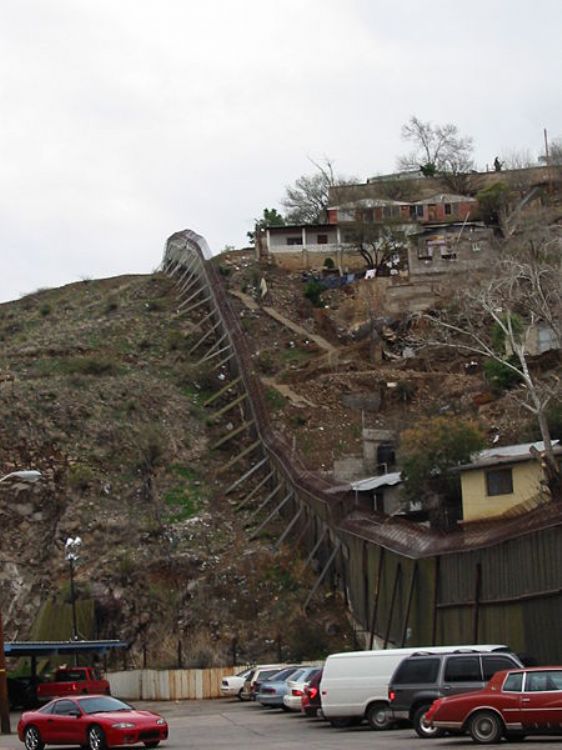
About Palenque

Although Palenque is currently a city in the Mexican State of Chiapas, this name is known because during the pre-colonial era it was the name of an important Maya ceremonial center, located amid dense tropical jungle at the foot of hills in this Mexican State, adorned by the brilliant feathers of parrots and macaws contrasting with the green of the trees and the serenity that is only perturbed by the curious shouts of howling monkeys.
Ancient Palenque was one of the most important Maya ceremonial centers. Although this region has been occupied since 100 A.D., according to historians this city flourished between the years 603 and 798, after more than 19 governors. It is also known that the greatest governor of this Maya center was "âPakal el Grande"â, who during his 68 years of government constructed numerous buildings like the Palace and Temple of Inscriptions; the latter contains his tomb. Historians recall that the city's disappearance occurred in the year 904, after a series of conflicts originated from the capture of Pakal's second son, the then thirteenth governor of Palenque, in the year 711.
After the disappearance of the ancient Palenque city, many hundreds of years later, in the year 1567, Dominican Priest Friar Pedro Lorenzo (or Laurencio) gathered some Chole families that were dispersed among the jungle and decided to found the new town of Palenque, near the ancient ruins of the same name (old Palenque). It is important to mention that he originally didn't call this place Palenque, but Otulun, word of Chol origin meaning "âenclosed or fortified site"â. Also, another odd fact is that the meaning of Palenque in Spanish makes reference to "âroofed or enclosed place"â, but the real name of Palenque is "âBakal-Ham"â which means "âa lot of water"â, a result of the many rivers flowing into the place we now know as Palenque.
Although these famous archeological ruins were discovered in 1740 by Priest Antonio Solis, they were not known to the world until 1822, when Thomas McKay sent pencil drawings of this place to London, giving the news to the world of the great Maya finding. Afterwards, six years later, another great event took place, the foundation of the first letters school, of great transcendence for the whole municipality. The fame of Palenque continued growing and in 1841 John Lloyd Stephens, a renowned North American writer and traveler of that era, published a work that attracted the world's attention to Palenque and to the enigmatic Maya civilization. Stephens commented in his book: "âOf all the romanticism of the world's history, nothing has impressed me as much as this city's spectacle, great and beautiful in the past, today in ruins, desolate and lost"â.
Up to a few years ago, when Palenque was mentioned, it would normally make reference to the ancient city, but it must be highlighted that new Palenque knew how to win its place and achieved to develop as a city during independent Mexico. Thus, on 29th of October 1813 the Court of Cadiz raised the town of Palenque to a villa category, through a decree. Soon after, and in recognition of the town's development, on the 19th of December 1972, this villa obtained the category of city, by decree of Manuel Velasco Suárez, the State's Constitutional Governor. Today Palenque has a little more than 84 thousand residents according to the results of the II Conteo de Población y Vivienda 2005, from which men and women are present in equal percentage and its Economically Active Population is mainly employed in farming activities (52%), followed by a 36% employed in commerce and service, finally 11% works in the transformation industry.
Articles Releated with Palenque


Economic Models in Mexico's History
The three most representative economic models in Mexicoâ...

Mexico's Archaeological Sites
When the Spaniards arrived, the indigenous society was pe...

Pozole, Delicious Mexican Dish
Pozole is a delicious dish prepared with corn, meat, pepp...


Most Viewed

Cave of Swallows, San Luis PotosÃ
Cave of Swallows is a natural abyss located in the state ...

National Museum of History (Museo Nacional de Historia)
It is no other than the great Castillo de Chapultepec, an...

Terminal 2 in Mexico's City Airport
Mexico Cityâs International Airport is the largest in L...
